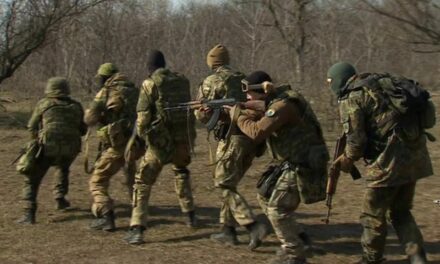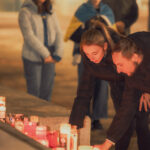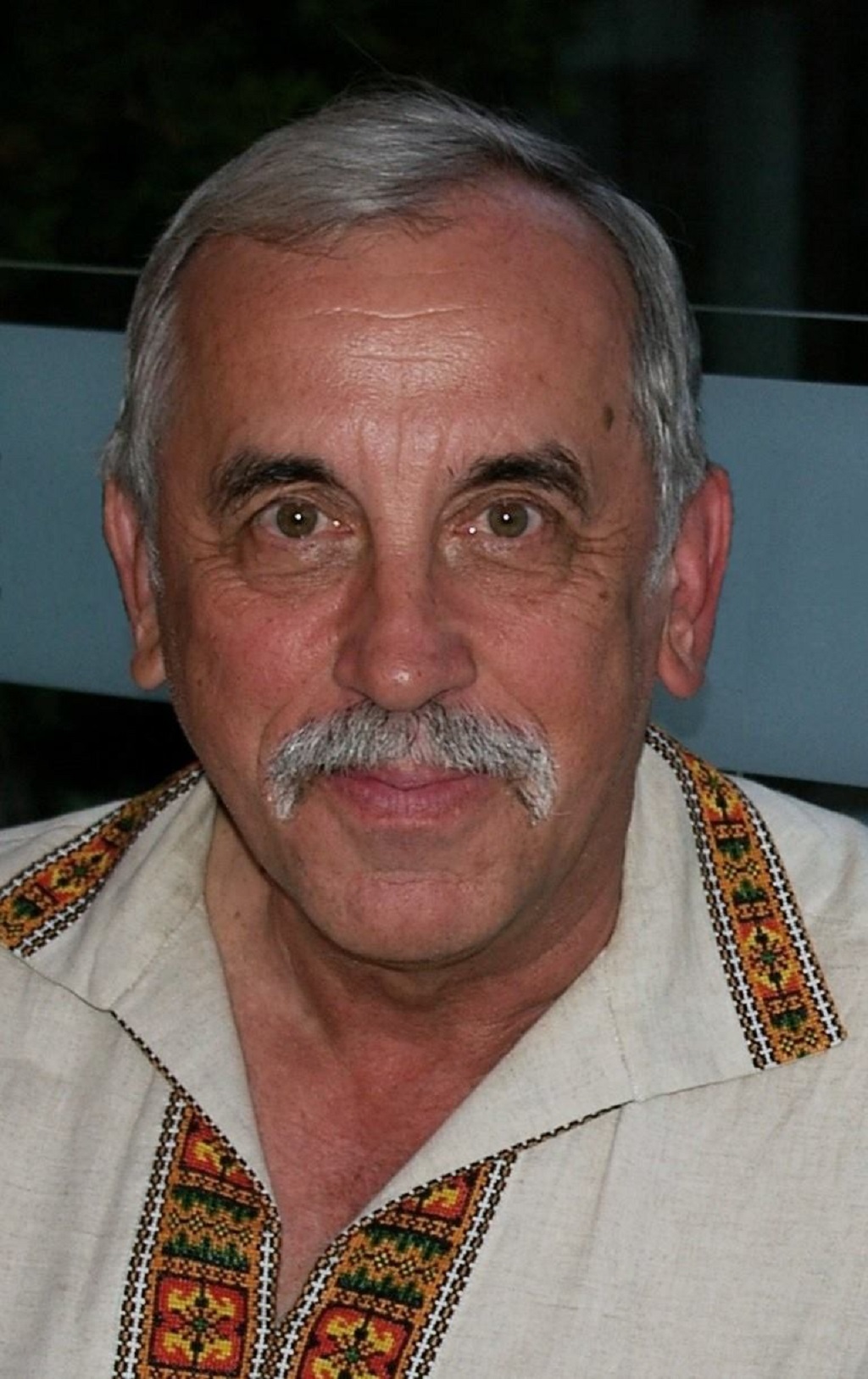We are rapidly approaching the end of the second year of Russia’s foolish and misguided war on Ukraine, and it is as good a time as any to assess the current situation and try and make some sense of what we are likely to see in the coming months, and perhaps even years.
What has become obvious to both sides, is that this war has defied all expectations and prognostications of being quick and decisive, and has evolved into a war of attrition, one that is completely at odds with modern theories of warfare that feature a lot of high-tech military gear and rapid movement. Instead, we see a reversion to the kind of static trench warfare that characterized the First World War. Mines and artillery have become the dominant decisive feature of the fighting, as they were in the trenches of northern France and Belgium over a hundred years ago. Similarly, the casualty rates are approaching the horrendous levels of that previous epitome of military carnage.
In a war of attrition, the population size of the countries at war is usually the determining factor in who wins. We know that Russia has four times the population of Ukraine, so that would tend to favour them in this conflict. However, there are a number of other key factors that must be considered.
The first is the casualty rates being suffered by each side. Russia has lost somewhere near 300,000 of their military personnel in the fighting. The number of casualties on the Ukrainian side is unknown, since the Ukrainian military does not divulge such statistics. However, most military experts concede that the Russian casualty rates are much higher than the Ukrainian ones due to the significant difference in battle tactics between the two sides. The Russian forces, for inexplicable and likely irrational reasons, still tend to favour the obsolete strategy of massive frontal attacks that place little value on the lives of the soldiers involved. That didn’t work during World War I, and still doesn’t work today. Ukraine’s armed forces are much more attuned to minimizing human casualties, and are far more creative, flexible, and efficient in terms of how they deploy their personnel. As a result, they have incurred far fewer casualties than the Russians, though how much fewer is unknown, though knowledgeable experts have estimated that the ratio may be two to four times fewer. If that is the case, then the attrition factor becomes less decisive.
Another important factor is the morale and commitment of the domestic populations of the combatant countries. Virtually all polls since the war began, show that the Ukrainian population is firmly behind the country’s leadership in refusing to yield to Russian demands and shows a strong determination to fight to retrieve all captured territories. Morale in the Ukrainian armed forces is extremely strong, while on the Russian side, defeatism is becoming more and more entrenched. The Russian military has lost most of its experienced and capable professional soldiers and is now resorting to using poorly trained conscripts and “volunteers” from Russian prisons.
The quality of military technology used by both sides is also becoming a decisive factor. The Russians have expended most of their high-tech stocks of weapons and ammunition and are increasingly forced to use old and obsolete stocks from their mothballed inventories. As the war has dragged on, Ukraine has been able to get increasing supplies of modern weaponry and other military supplies from the U.S., NATO and its European allies. Superior tanks, missiles, defense systems and soon, F16 fighter jets, are beginning to swing the tide in Ukraine’s favour as these are deployed on the front lines. In particular, Ukraine has become much more adept at using drones in its combat operations, as these have become an indispensable feature of modern warfare.
Lastly, the Russian economy is suffering much more than the Russians will admit due to international sanctions, and the longer the war lasts, the harder it becomes, to support the war. The value of the ruble is in free fall and as the quality of life for most Russians deteriorates further and faster, the more likely it becomes that internal dissatisfaction and unrest will grow.
One last but crucial factor in the war’s outcome is the level of economic and military support that each side is receiving and will receive in the future. Ukraine has most of the free world behind it, and despite uncertain political conditions in the U.S. and some European countries, it will continue to receive strong backing. Russia, on the other hand has few friends except for rogue states such as North Korea and Iran. It’s strongest so-called “ally” China, has essentially been sitting on the fence, and has provided minimal material support.
Ukraine can and will win this war, provided that the rest of the world continues to provide it with the material assistance it needs to continue the war. Ukraine will provide the fighting forces, spirit, determination and courage to do the rest.
Share on Social Media

































